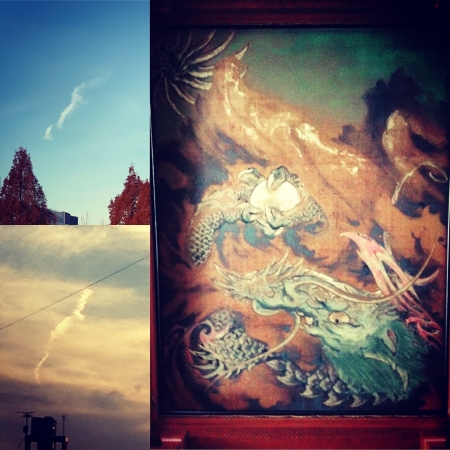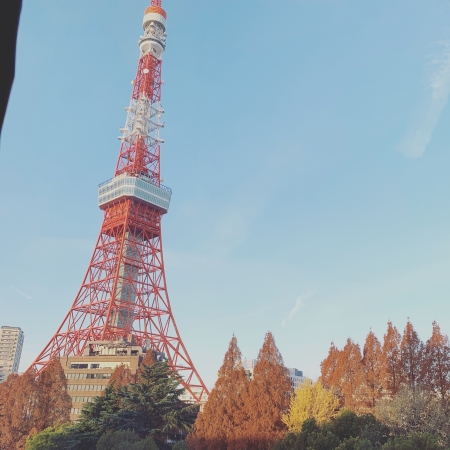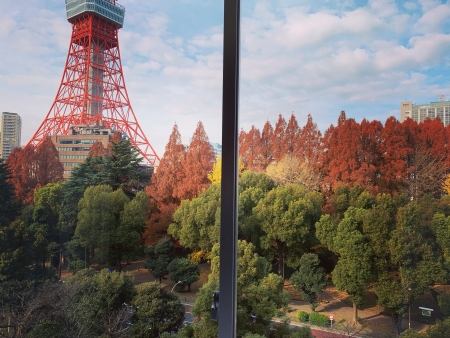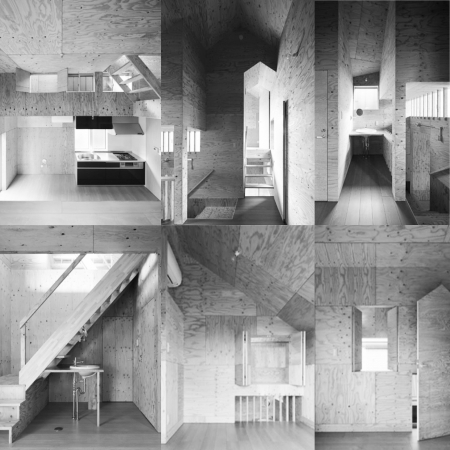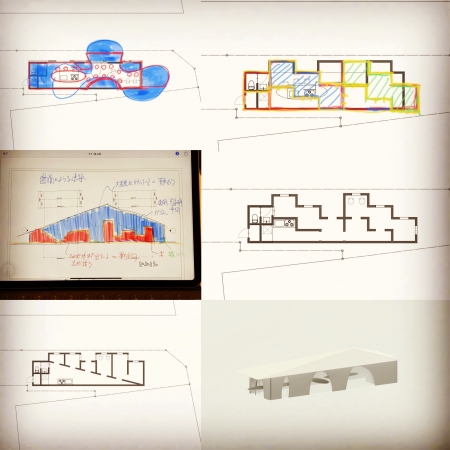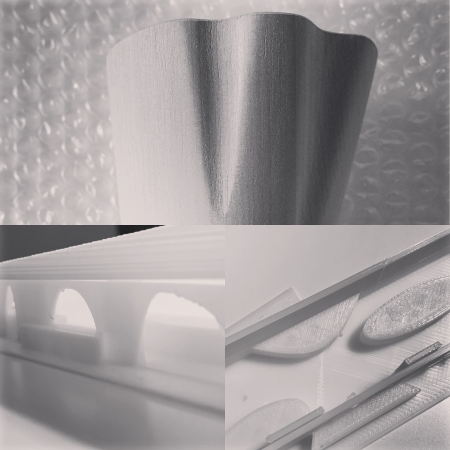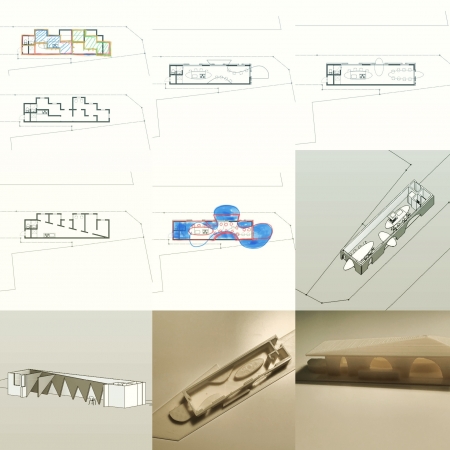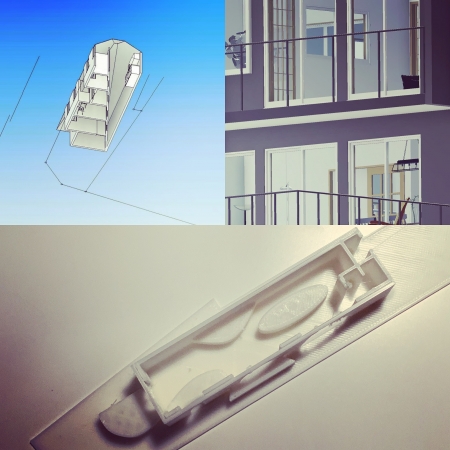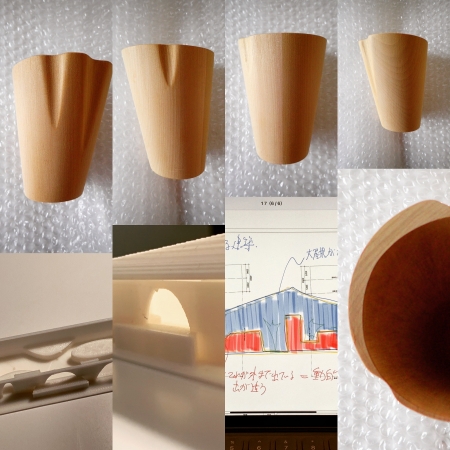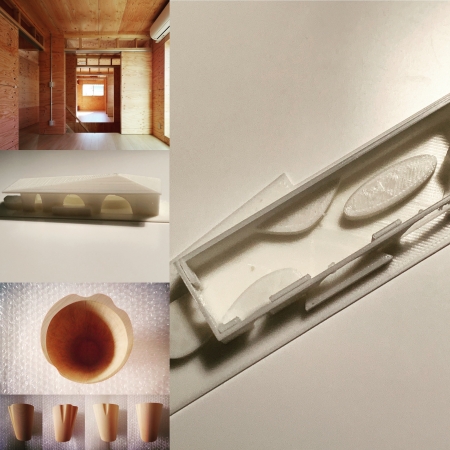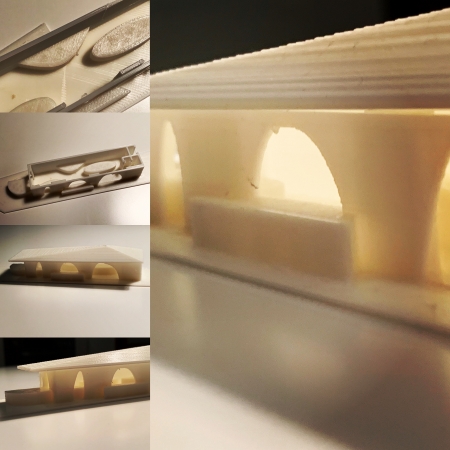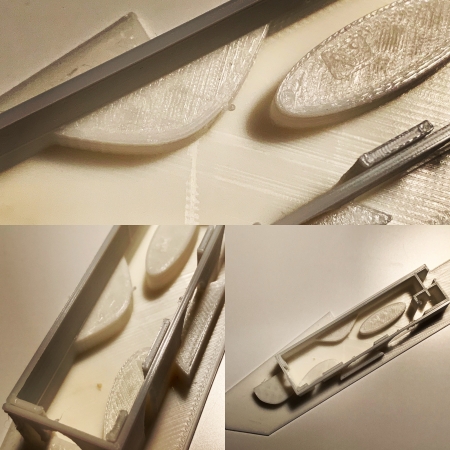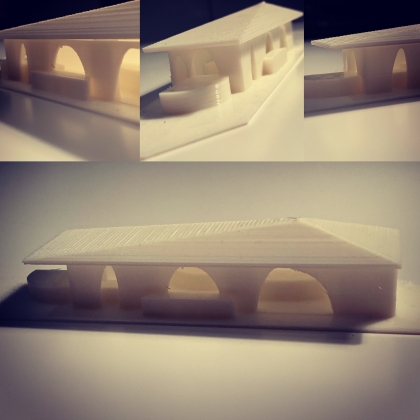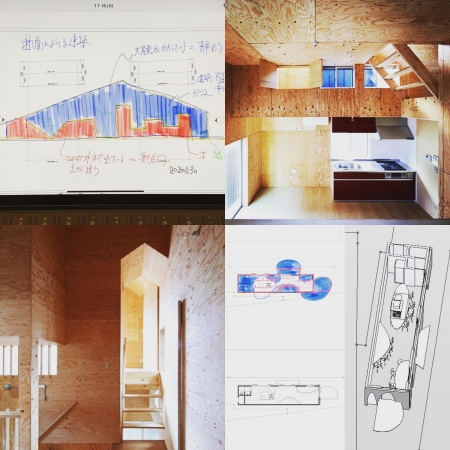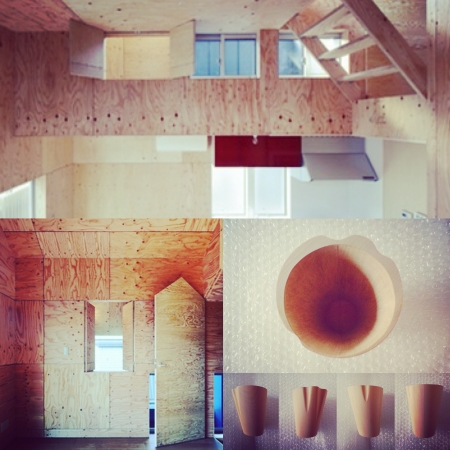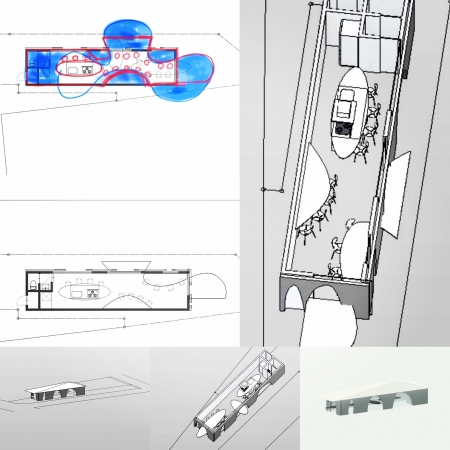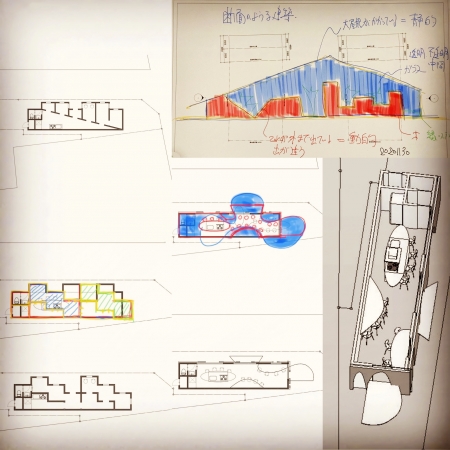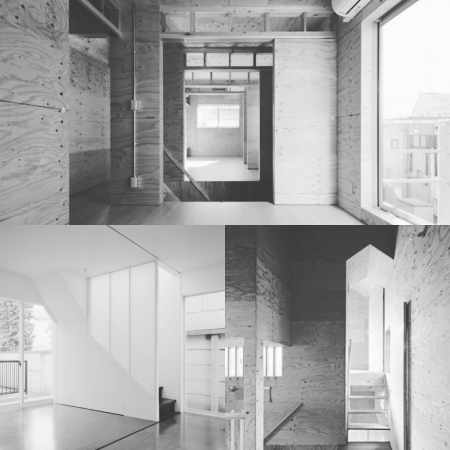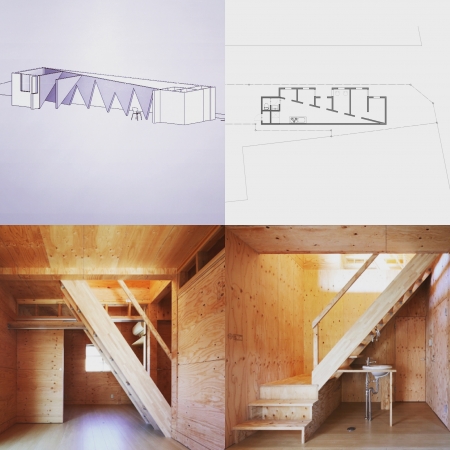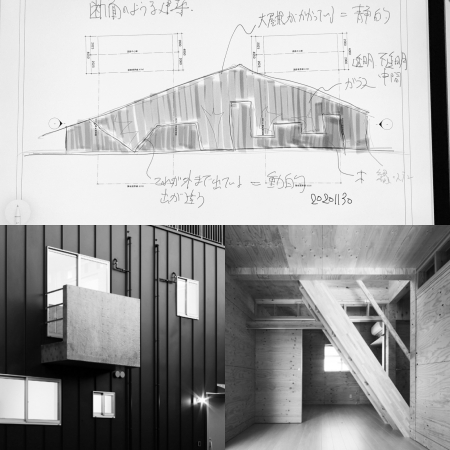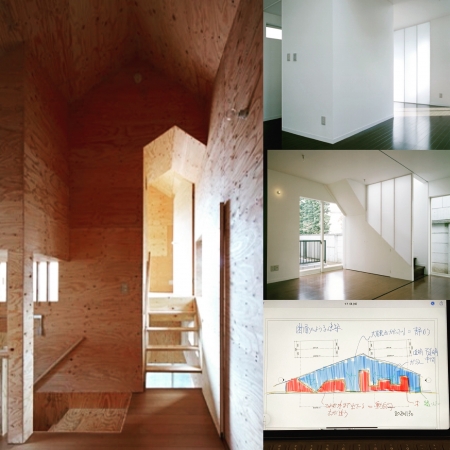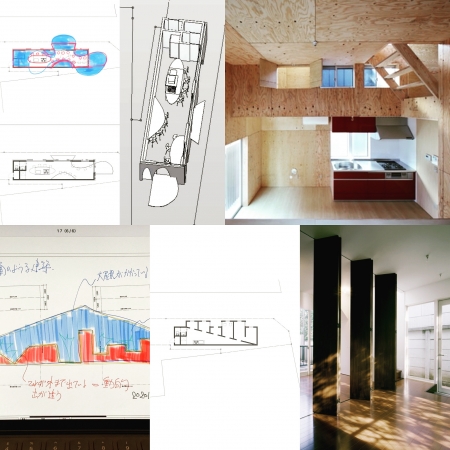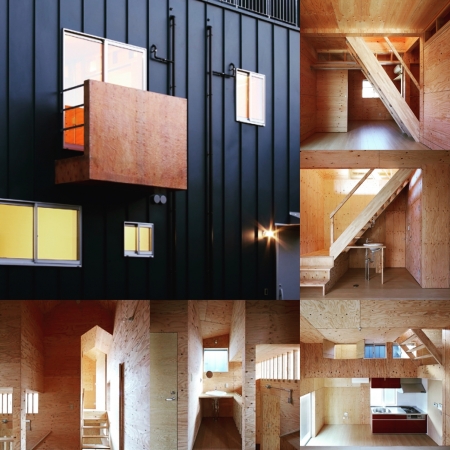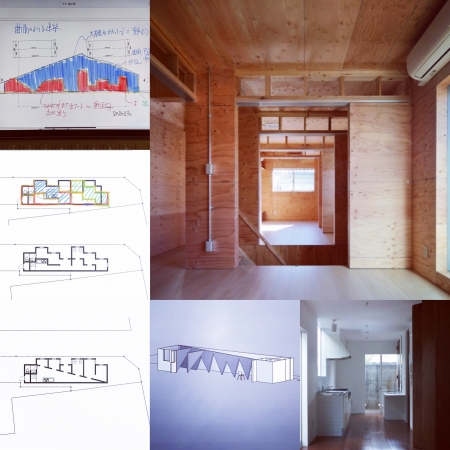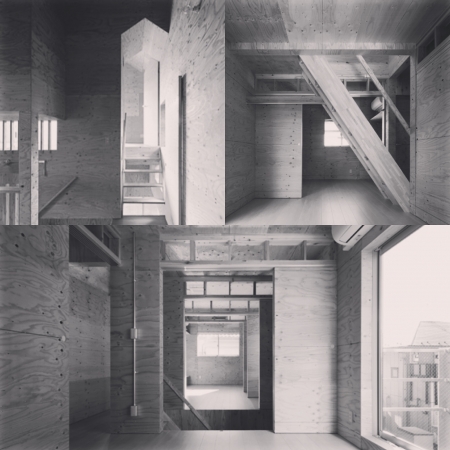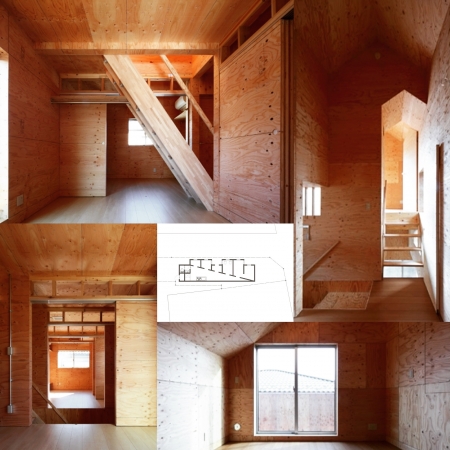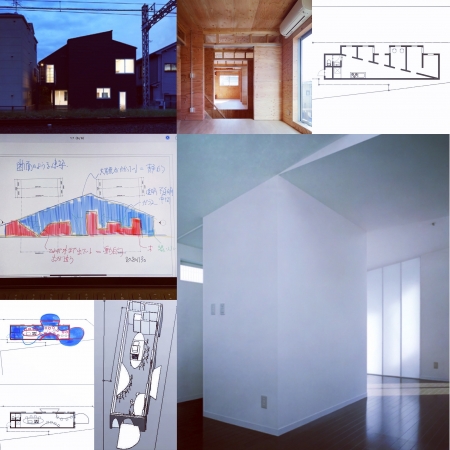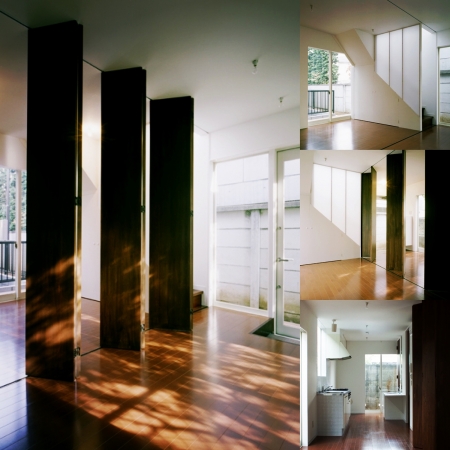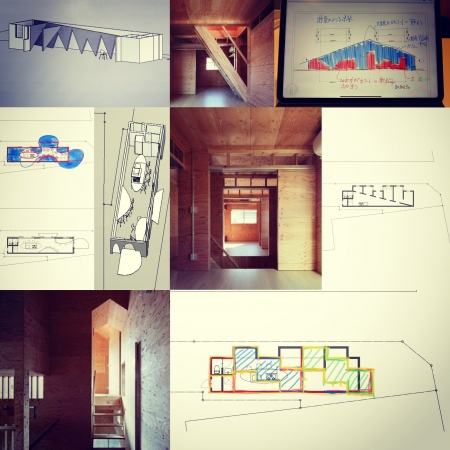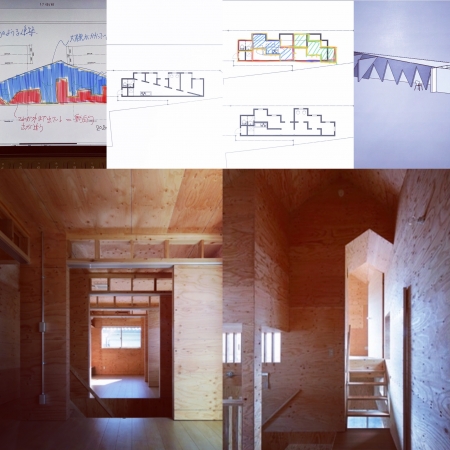気分の良い時と悪い時で見える世界が違うことはよく経験するだろう。気分が良ければ意味もなく空を見上げたりして、その空を隅々まで見たり、周りの景色が自然と目に飛び込んできて、いろんなことに気づいたりするが、気分の悪い時は同じものを見ていたとしても何も気づかない、それどころか、かえって周りから悪い影響を受けてしまう。
気分や感情が自分を取り巻く環境を変えてしまう。実際は何も変わらないのだが、気分や感情が自分を取り巻く環境の解釈や受け取り方を決めてしまう。
建築が物としてのみ存在するならば、気分や感情は全く関係なく、いつでも同じであるが、人が使うものとして建築が存在するならば、気分や感情で建築の解釈や受け取り方が変わるのは自然なことである。
建築の解釈や受け取り方が変わるということは、すなわち先にも触れたように、建築自体は物としてだけ存在していても良く、あとは建築を解釈する側や受け取る側の問題とすることは可能だから、今まで建築で気分や感情を直に扱うことは稀だった。
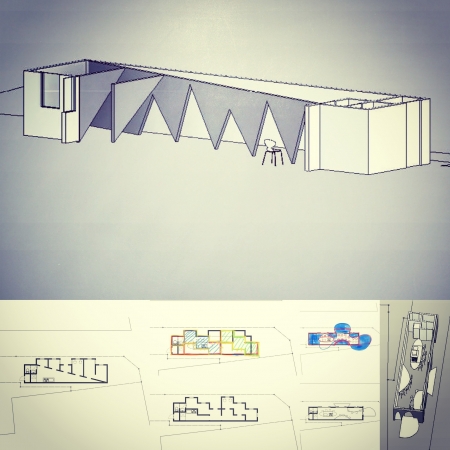
もし仮に人が使う物としての建築を重視するとなると、気分や感情を無視できず、気分や感情を解釈や受け取り方の発露にだけに留めておくには無理があり、気分や感情によって建築の見え方自体が変わるようにするのが自然だと考えた。
"Depends on mood and emotion"
You will often experience the difference in the world you see when you feel good and when you feel bad. If you feel good, you can look up at the sky for no reason, look at every corner of the sky, and the scenery around you naturally jumps into your eyes and notices various things, but when you feel sick, the same thing Even if I look at it, I don't notice anything, and on the contrary, I get a bad influence from the people around me.
Moods and emotions change the environment around you. In reality, nothing changes, but moods and emotions determine how to interpret and receive the environment surrounding you.
If architecture exists only as an object, it is always the same regardless of mood or emotion, but if architecture exists as something that people use, mood or emotion changes the interpretation or reception of architecture. It's natural.
The change in the interpretation and reception of architecture means that, as mentioned earlier, the architecture itself may exist only as an object, and the rest is a matter for the interpreter and recipient of the architecture. Until now, it has been rare for architecture to deal directly with moods and emotions because it is possible.
If we focus on architecture as something that people use, we cannot ignore moods and emotions, and it is impossible to keep moods and emotions only in the interpretation and manifestation of how we receive them. I thought it was natural to change the way it looks.


